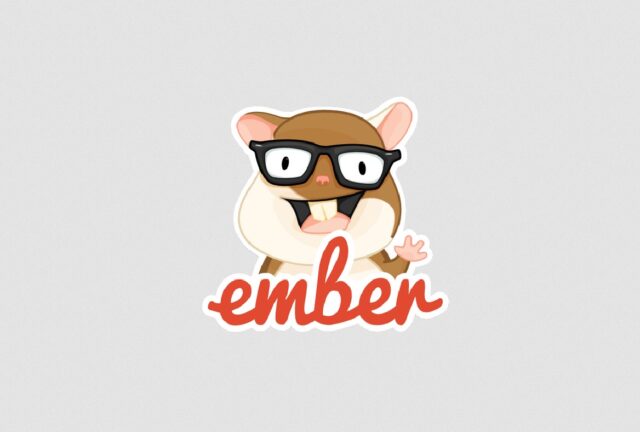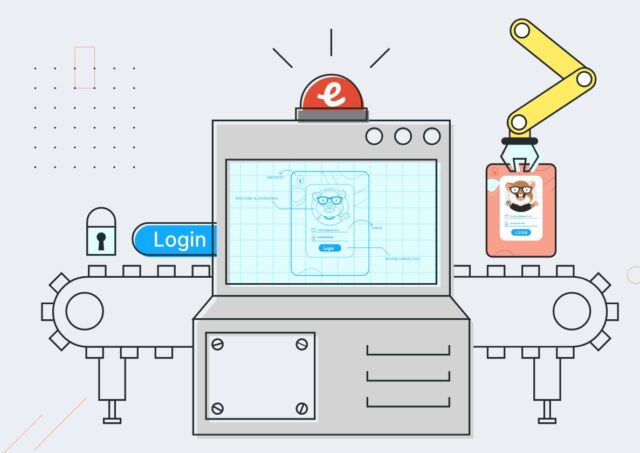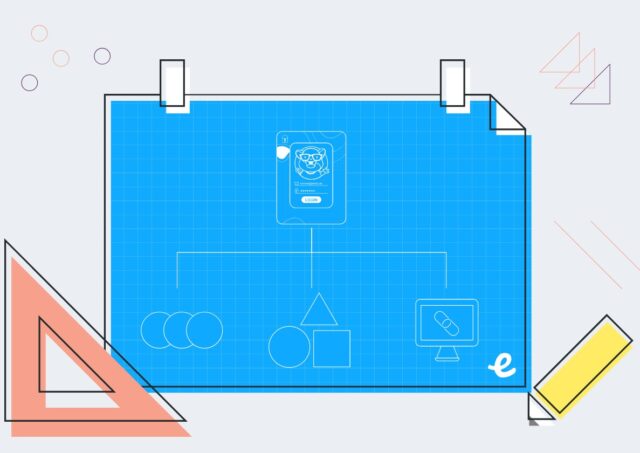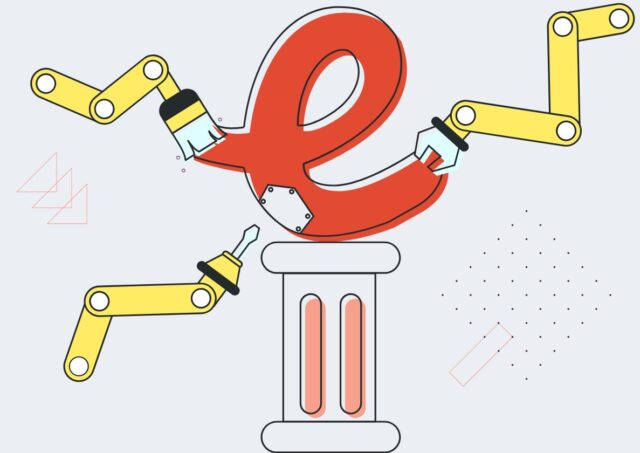
Ember.js is not its first name, originally it was “SproutCore MVC framework”. It was released in Dec of 2011 by its developer “Yehuda Katz”. However, its stable version i.e. 2.10.0 came on the market on 28th Nov 2016.
Now coming towards its definition, “it is the open-source web framework of JavaScript that utilizes the component and service pattern”. Or to put it simply, it is a framework for web developers, which helps them in developing web applications.
So if you are planning to develop a web application, you will need several things during the whole process. And Ember.js includes all these things for building rich UIs. Thus, you will be able to create a highly efficient application that works best on every device.
Furthermore, if you encounter any problem in data management and application flow, this framework provides solutions for that too. You can read more about it and its benefits from litslink, be sure to visit their website. They provide you with their development services through Ember.js. So if you are planning to create an application, you can contact them and have a market-competitive quality application.

Applications of Ember.js
Although Ember.js was originally aimed at developing web applications, now it can be used for mobile applications too. It allows you to add new features to your products and therefore, it is widely used. Some of its notable projects include Twitch.tv, LinkedIn and Groupon, etc. Furthermore, an Apple Music application for desktop was also built through Ember.js.
Why should you choose it?
If you are in doubt to use Ember.js, let us tell you that it has an MIT license. So there is no need for distrust. Furthermore, the features that this framework offers are worth mentioning;
- It uses the template engine of HTMLBars and thus, provides the latest binding syntax.
- You will get amazing rendering speed because of the Glimmer rendering engine.
- The developing productivity will increase because of the availability of the “Command Line Interface”. This interface does integrate the work of Ember patterns into the development.
What is the common problem that you might encounter during development? Changing properties of bound links. However, with Ember.js, you won’t have any such problem. It offers data binding and thus, you will be able to create a link between two properties. So if any change occurs in one property, the other one will automatically change accordingly. Thus, you won’t have to do anything and the properties will automatically adjust them to the new values.

Key concepts
This application development framework is based upon some key concepts. That includes;
1 – Routes
It uses URL routes. Therefore, the state of every app will have a URL that will represent it. This URL will correspond to the objects visible to the user and will also control them. So you can easily control things through URLs.
2 – Models
Every single route will have a model, which is associated with it. This model will have all the data related to the state of the application. Furthermore, Ember.js provides a model library for handling related tasks. Therefore, it is quite convenient to use this framework because otherwise, you will have to use “window.fetch” just to load “JSON” objects from the server and then using them as models. However, with Ember, you won’t have to go through it all.
3 – Templates
Developers need templates for writing through the templating language of HTMLBars while building HTML of applications. So instead of using Handlebars, you will have direct HTMLbars in Ember. This will allow you to build DOM elements.
4 – Components
After you build an HTML tag, it becomes a component. You implement the behavior through JavaScript but not its appearance. The appearance is defined through the templates (i.e. HTMLBars). Therefore, the components own all of their data. Furthermore, you can also nest them and that is why components can communicate with their parents through events. And Ember uses component libraries so you won’t have any restrictions while working with it.
5 – Services
Services in Ember are actually singleton objects that work on holding the different data (long-lived one). For example, the session time of users is data and services will hold on to it. So you will be able to enjoy similar services with this framework.
Furthermore, with Ember, you will also get tracked properties, dependency injection, templates that get the update automatically and also the one-way flow of data.

Benefits of using Ember.js
There are numerous benefits of using this framework and some of them are already mentioned above. It saves a lot of time and provides efficient results. And here are some of the other benefits that you will get from it.
Optimization of codes
Coding is one of the time taking and difficult jobs in app development. However, Ember reduces it and provides ease to the coders. Thus, you will have to invest less and it will take less time to generate codes.
Highly efficient results
One of the problems that you face is app performance on different devices. Because a lot of users use mobile phones to check out things. Therefore, a web app won’t perform well and you have to create a mobile app too. However, with Ember, you will get the final product that works well on all devices.
Market competitiveness
With such amazing performance and less coding time, you will be able to speed up your launching process. Because you will have the right timeframe for the whole process. Thus, you will be able to perform well in the market and release your product on time. Because any delay in the launching time will put you a step behind your competitors.

Ember inspector
You have to ensure that there are no bugs in the app so that the users can have a seamless experience. However, sometimes debugging becomes a problem. But not with Ember.js, because it comes with an inspector tool. This will detect any inefficiency and bug in the app and will let you know about it.









